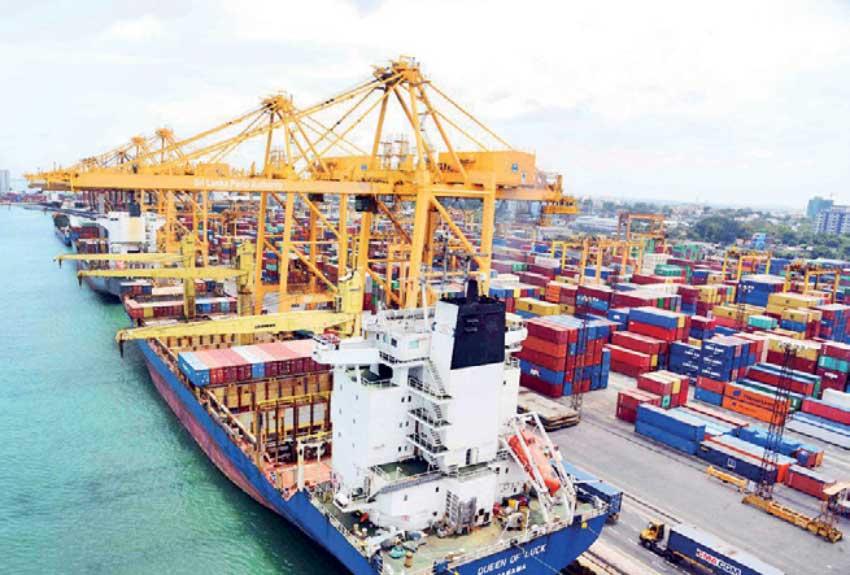11 Jul 2022 - {{hitsCtrl.values.hits}}

Sri Lanka’s red-hot import bill shows continuous signs of cooling and potentially returning to parity with export earnings, finally bringing to an end to the decades-long culture of living beyond the country’s means by way of piling up debt, which it could not repay.
Pointing to the provisional import figures, which have shown some easing, the Central Bank defended its policies to tighten the money supply to the restrictive territory and thereby squeeze the demand conditions, which it said are yielding the desired results, although much remains to be done on the fiscal side.
While this condition has given some wiggle room for the Central Bank to contain the outflows to the level of limited inflows Sri Lanka generates from exports and remittances, the Central Bank maintained that the hardships would persists until financing
assistance is received from the International Monetary Fund (IMF) or from bilateral partners by way of bridge financing.
Central Bank Governor Dr. Nandalal Weerasinghe said the fast adjustment seen in the imports is a positive sign although that means Sri Lankans are consuming far less and the economy is on course for its deepest contraction.
“One positive thing of the actions so far we have taken is, we observe that the balance between the imports and exports is adjusting,” Dr. Weerasinghe said.
“What we can see is that the imports, which averaged US $ 2.0 billion a month last year, have fallen to around US $ 1.4 billion and we see it further coming down below US $ 1.3 billion this month,” he added in reference to the provisional import data, as official figures are yet to come for May and June.
“And on the other hand, based on the data we see now, there is a possibility that exports could either continue to earn a billion dollars or more this month,” he said.
Sri Lanka’s imports, which reached a peak in 2021, have been easing from US $ 1.96 billion in January to US $ 1.87 billion in February, US $ 1.82 billion in March and US $ 1.69 billion in April, the official data showed.
Yet, there is still a gap in the trading account of around US $ 700 million a month by April-end, which the authorities have no way of bridging, as the remittance inflows have fallen by half to less than US $ 300 million a month.
Sri Lanka is also facing a double whammy of elevated global energy and other commodities prices amid limited dollars to purchase even its essential imports.
For instance, under the current global oil prices, Sri Lanka needs US $ 554 million or nearly twice as much it spent for importation of oil for a month last year, in order to maintain its pre-crisis consumption habits, which is unlikely to become possible in the near future.
Under these circumstances, the only recourse the country and its people have is to forgo their consumption of imported goods to the level that it generates dollar incomes from exports and remittances, ending the country’s long-standing culture of living beyond its means.
08 Nov 2024 10 minute ago
08 Nov 2024 33 minute ago
08 Nov 2024 2 hours ago
08 Nov 2024 2 hours ago
08 Nov 2024 3 hours ago